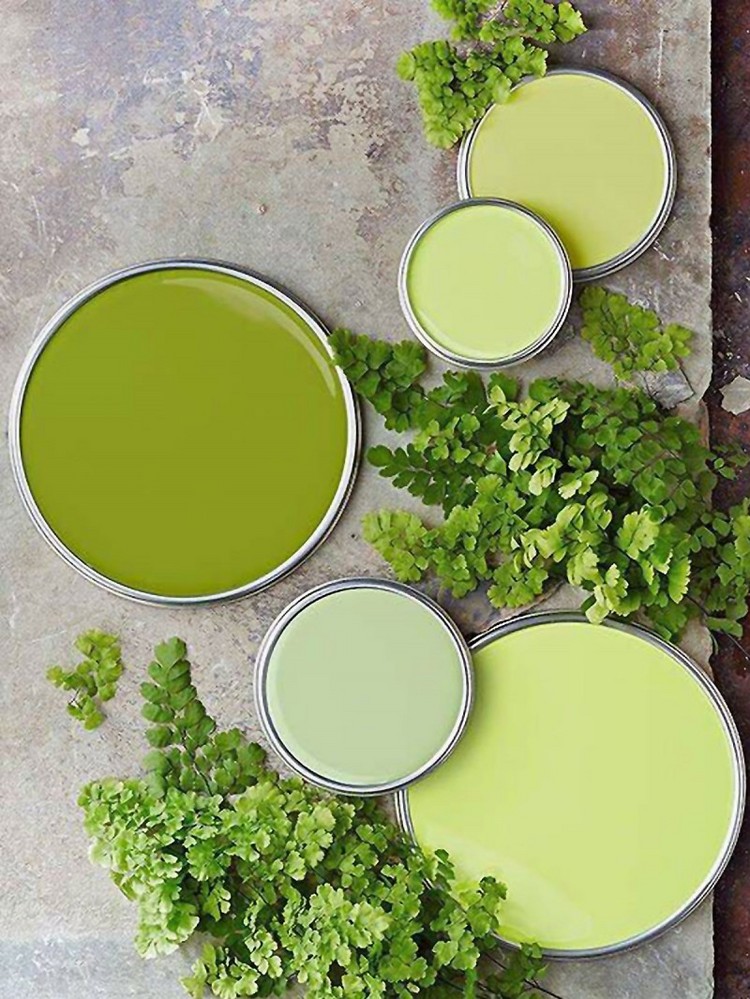There is no known way to prevent Alzheimer’s disease (AD). There are a number of things you can do to lower your risk of developing the disease such as staying mentally and physically fit, eating a healthy diet, and keeping an active social life. Read this article to find out more about the ways to prevent Alzheimer disease.
Many agencies and people are involved in research on ways to slow, delay, or prevent AD, including:
- researchers
- pharmaceutical companies
- foundations
- nonprofit organizations
Researchers are looking into a variety of Alzheimer’s treatments they think may help, including:
- cognitive training
- antioxidants (e.g., vitamin C, vitamin E, beta-carotene)
- omega-3 fatty acids
- DHA (docosahexaenoic acid) supplementation
- hormones, type 2 diabetes treatments (insulin seems to play a role in AD)
- exercise
- cardiovascular treatments


Lowering your risk
There are a number of steps you can take now that may lower your risk of Alzheimer’s disease. Consult your doctor before making any major lifestyle changes.
Many studies have been conducted on color and light with many contrasting results. However, for the most part, the use of various colors, particularly in the environment for those living with dementia, can be helpful in providing quality of care. Color preferences for individuals with dementia are red, blue and green.
For instance, blue is a restful color with a calming effect. Research shows that using blue in the physical environment can actually lower blood pressure, and that blue rooms are seemingly cooler than rooms painted in shades of red or orange. Blue also appears to increase the size of the room, and blue is a good choice for dinner plates and utensils as it produces a contrast of food.



Red increases brain wave activity, seems to decrease the size of a room, and increases the perceived temperature of the room. If you want to get the attention of an individual with Alzheimer’s or dementia, use red. It also is a good color for dinner plates and utensils as it offers good contrast with food and stimulates the appetite.



Green is symbolic of growth and life and is the most restful of colors. It reduces central nervous system activity, and helps individuals remain calm. Using green makes rooms appear larger. Particularly, lime green is effective with individuals with Alzheimer’s or dementia for visual attention, i.e., visual cues for bathrooms, bedrooms, walkers, etc.



For the affected individual who may have aggressive tendencies, try using pink in their personal space as it tends to ease aggression.
Alzheimers Q&A: How do you keep those with dementia safe in a long-term care setting?
The use of contrast is extremely important for marking edges of things, drawing attention to furniture or other tripping hazards and making it easier to locate food on the plate or find the toilet seat in a white on white bathroom. Contrast can be used to help define objects more clearly. Using a color that contrasts with the background draws attention to key features. For example, use a contrasting wall color so that it can be easier to locate switches and sockets, railings and handrails. Doors of the bathroom can be painted a different color than other rooms in the house for easier identification. Using a contrasting color in the kitchen to highlight edges of cabinets helps affected individuals locate themselves within their surroundings and reduces accidental injuries from edges.
Maintain a healthy diet
Some evidence suggests a Mediterranean diet may decrease your risk of developing AD. This diet includes little red meat and emphasizes:
- whole grains
- fruits and vegetables
- fish and shellfish
- nuts
- olive oil
- other healthy fats




Other studies suggest that antioxidants may affect age-related changes in the brain. Berries have been shown to improve cognitive function in rats and mice, both in animals who are aging normally and in those who have developed AD. Types of berries that may help include:
- blueberries
- strawberries
- cranberries



Another study examined curcumin, the main ingredient of turmeric, the yellowish spice used in curry. It’s a powerful antioxidant. Curcumin has been shown to suppress the build-up of harmful amyloid plaques in the brains of rodents.
Lowering homocysteine
Homocysteine is an amino acid that’s a building block of protein. It naturally circulates in the blood. Recent studies indicate that higher than average blood levels of homocysteine is a risk factor for:
- AD
- vascular dementia
- cognitive impairment
Foods high in folate (folic acid) and other B vitamins (such as B-6 and B-12) have been shown to lower homocysteine levels. Whether or not increasing these B vitamins in one’s diet might offer a protective effect for AD is yet unknown.
Some good food sources of folate include:
- romaine lettuce
- spinach
- asparagus
- broccoli
- collard greens
- parsley
- cauliflower
- beets
- lentils

Food sources of B-6 and B-12 include:
- fish
- red meat
- potatoes
- noncitrus fruit
- fortified cereal
- poultry
- eggs

Keep up your mental exercise
An active brain may reduce your AD risk. Activities that help keep the brain active include:
- listening to the radio
- reading newspapers
- playing puzzle games
- visiting museums

Engaging in mental exercises seems to create or contribute to your “cognitive reserve.” In other words, you develop additional neurons and pathways in your brain. Why is this important?
Normally, your brain has one road to transport information from point A to point B. If there’s a roadblock or a dead end, the information won’t make it. People who develop new ways of thinking through mental exercises create multiple and alternative routes in their brains. This makes it easier and faster for vital information to travel.
To exercise your brain, try the following activities:
- Do crossword puzzles.
- Take up bridge.
- Learn a new language.

Increase your social engagement
Compelling research suggests seniors who spend most of their time in their immediate home environment are almost twice as likely to develop AD compared to those who travel more. These findings, however, may also reflect the general health of the individuals.
Aerobic exercise daily
When older adults with AD engage in aerobic exercise, it improves their psychological and behavioral symptoms.
According to this part , there’s evidence suggesting that 30 minutes of exercise per day is crucial to preventing Alzheimer’s disease. One eight-year study examined the connection between mental function and physical activity in 6,000 women age 65 and older. It discovered that more active women were less likely to have a decline in mental functions than less active women.
Stop smoking
Smoking may increase your risk for AD and dementia. Former smokers or those who smoked less than half a pack per day do not appear to have an increased risk. If you still smoke, now is the time to quit. Talk with your doctor about methods that could work for you.

The takeaway
Researchers don’t yet know how to prevent Alzheimer’s disease. There are a number of things you can do to lower your risk of developing the disease. Staying mentally and physically fit, eating a healthy diet, and keeping an active social life are all thought to help lower your risk of cognitive decline, including AD. Fortunately, these are all good ways to stay healthy in general. Be sure to talk with your doctor about any new lifestyle changes that you plan.

